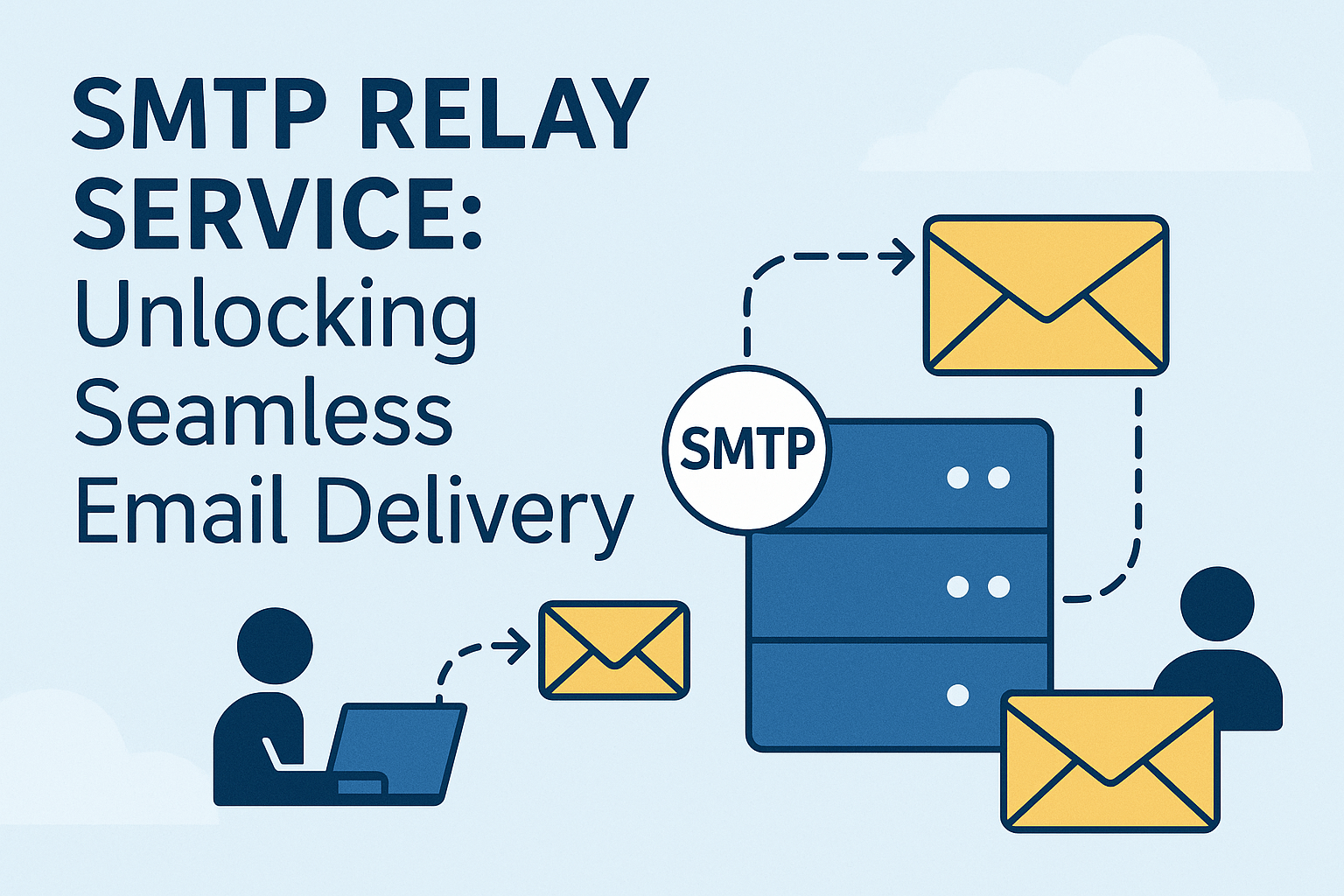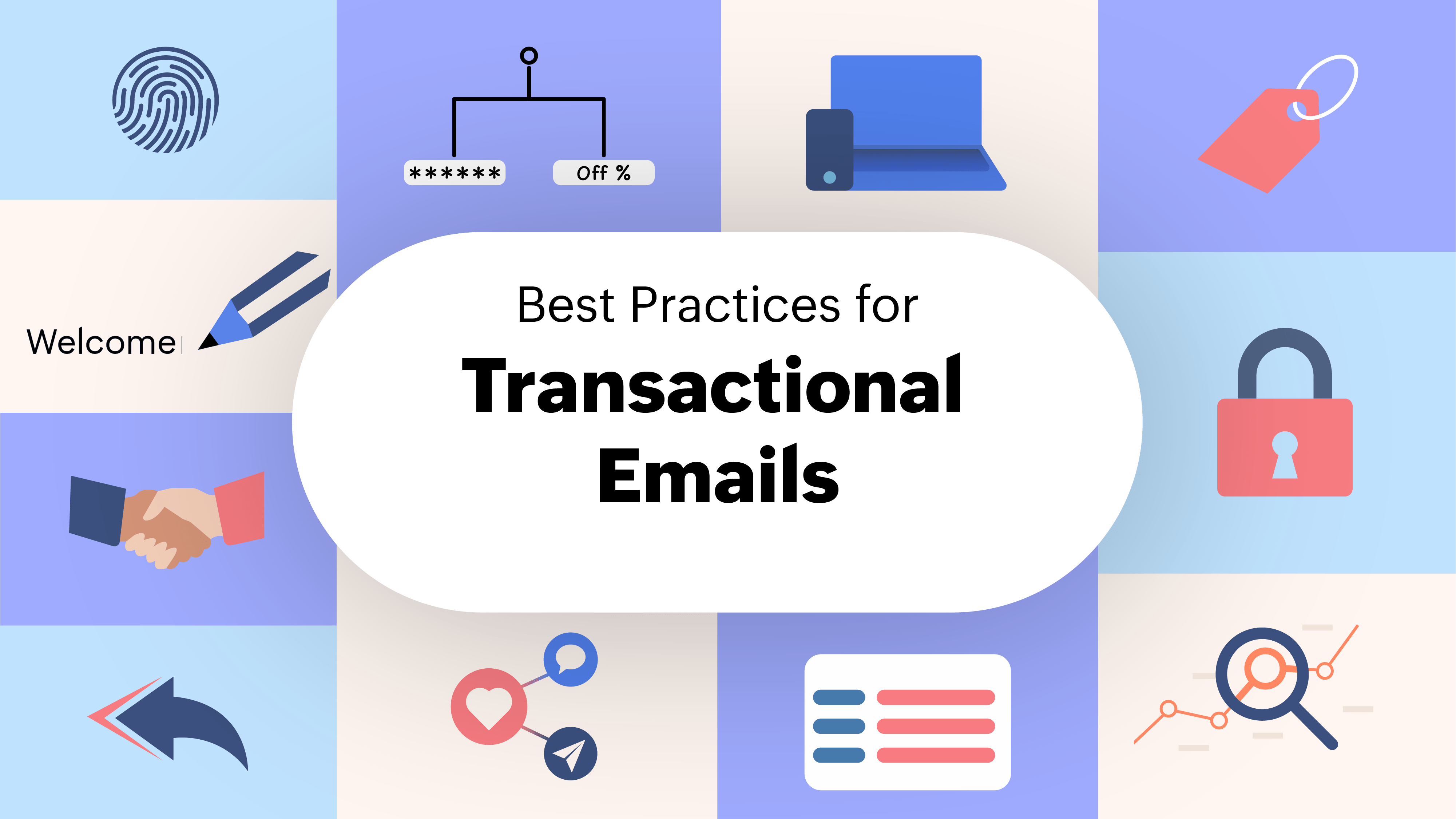1,272,961 total views, 11 views today
Introduction
Welcome to our comprehensive guide on SMTP relay services! In today’s digital age, effective email communication is crucial for businesses and individuals alike. Whether you’re a small business owner, a marketing professional, or an individual looking to send important messages, having a reliable and efficient email delivery system is paramount. That’s where SMTP relay services come into play.
What is an SMTP Relay Service?
SMTP, which stands for Simple Mail Transfer Protocol, is a communication protocol used to transmit emails over the internet. When you hit the “send” button on your email client, the email is initially sent to your outgoing mail server, also known as the SMTP server. The SMTP server is responsible for relaying your email to the intended recipient’s email server.
However, sending large volumes of emails or ensuring optimal deliverability can be challenging without the assistance of a dedicated SMTP relay service. An SMTP relay service acts as an intermediary between your email client and the recipient’s email server, optimizing the email delivery process.
The Benefits of Using an SMTP Relay Service
1. Enhanced Deliverability
One of the key advantages of utilizing an SMTP relay service is improved email deliverability. By leveraging their expertise and infrastructure, these services can help ensure that your emails reach the intended recipients’ inboxes rather than being flagged as spam or ending up in the dreaded abyss of the junk folder. This is particularly important for businesses sending critical messages or marketing campaigns.
2. Scalability and Reliability
SMTP relay services are designed to handle large volumes of emails efficiently. By using their robust infrastructure, these services can accommodate your growing email needs without compromising speed or reliability. This scalability allows businesses to expand their email marketing efforts or handle increased customer communication without concerns about server capacity.
3. Streamlined Bounce Handling
When an email fails to reach its intended recipient, it is referred to as a “bounce.” Handling bounces effectively is vital for maintaining a healthy sender reputation and maximizing email deliverability. SMTP relay services typically provide advanced bounce handling mechanisms, automatically detecting and processing bounces to keep your sender reputation intact.
4. Real-time Tracking and Reporting
To evaluate the success of your email campaigns, it’s crucial to have access to comprehensive tracking and reporting features. SMTP relay services often offer detailed analytics, enabling you to monitor email open rates, click-through rates, and other valuable metrics. This data empowers you to optimize your email strategies and achieve better engagement with your audience.
How SMTP Relay Services Work
Now that we understand the benefits, let’s dive into how SMTP relay services work:
- Configuration: To begin using an SMTP relay service, you’ll need to configure your email client or application to connect to the relay service’s server. This involves specifying the necessary credentials, such as the SMTP server address, port number, and authentication details.
- Email Submission: Once your email client is configured correctly, any outgoing emails will be sent to the SMTP relay service’s server instead of your default mail server. This redirection is seamless and transparent to the email sender.
- Processing and Delivery: Upon receiving your email, the SMTP relay service processes it according to your specified settings, such as adding tracking information or applying spam filters. The service then relays the email to the recipient’s email server, ensuring its efficient delivery.
Selecting the Right SMTP Relay Service
Choosing the most suitable SMTP relay service for your needs requires careful consideration. Here are a few factors to keep in mind during the selection process:
- Reputation and Deliverability: Opt for a service with a solid reputation and a track record of high deliverability rates. Look for providers that actively manage their IP addresses and monitor blacklists to maintain optimal sending conditions.
- Security Features: Email security is paramount in today’s digital landscape. Ensure that the SMTP relay service you choose offers robust security measures such as encryption, SPF (Sender Policy Framework) and DKIM (DomainKeys Identified Mail) authentication, and virus scanning. These features help protect your emails from unauthorized access and ensure they are not flagged as suspicious by recipient servers.
- Ease of Integration: Consider the ease of integration with your existing email infrastructure. Look for SMTP relay services that provide comprehensive documentation, libraries, and plugins for popular email clients and applications. This simplifies the setup process and reduces the likelihood of compatibility issues.
- Scalability and Support: As your email needs evolve, it’s essential to have a service that can scale with your growing requirements. Choose an SMTP relay service that offers flexible plans, allowing you to upgrade or downgrade as needed. Additionally, reliable customer support is crucial for prompt assistance in case of any technical issues or questions.
- Cost-effectiveness: While the cost should not be the sole determining factor, it’s important to find an SMTP relay service that offers competitive pricing for the features and support provided. Consider your budget and evaluate the value that each service brings to the table.
Best Practices for Utilizing an SMTP Relay Service
To maximize the benefits of an SMTP relay service and optimize your email delivery, consider implementing the following best practices:
1. Maintain a Healthy Sender Reputation
Maintaining a good sender reputation is critical for email deliverability. Follow email industry best practices, such as sending relevant and engaging content, managing subscriber lists responsibly, and promptly addressing any spam complaints or bounces. By adhering to these practices, you can build and maintain a positive reputation as a legitimate and trusted sender.
2. Implement Proper Email Authentication
Utilize the available email authentication mechanisms, such as SPF, DKIM, and DMARC (Domain-based Message Authentication, Reporting, and Conformance), to authenticate your outgoing emails. These protocols provide an additional layer of security and help verify the authenticity of your messages, reducing the likelihood of them being marked as spam.
3. Monitor and Analyze Performance
Regularly monitor the performance of your email campaigns using the tracking and reporting features provided by your SMTP relay service. Analyze key metrics such as open rates, click-through rates, and conversion rates to gain insights into the effectiveness of your email strategies. Use this data to optimize your campaigns and improve engagement with your audience.
4. Test and Optimize
Experiment with different elements of your emails, including subject lines, call-to-action buttons, and content layout. A/B testing allows you to compare different versions of your emails and identify the most effective elements for your audience. Continuously optimize your email content based on these insights to achieve higher engagement and better results.
Conclusion
SMTP relay services play a crucial role in ensuring seamless and reliable email delivery for businesses and individuals. By leveraging these services, you can enhance email deliverability, scalability, and overall email marketing performance. Remember to choose a reputable provider, follow best practices, and regularly monitor and optimize your email campaigns to achieve the best results.
Investing in a reliable SMTP relay service is an investment in the success of your email communication. Unlock the full potential of your email campaigns by harnessing the power of a robust and efficient SMTP relay service today!





